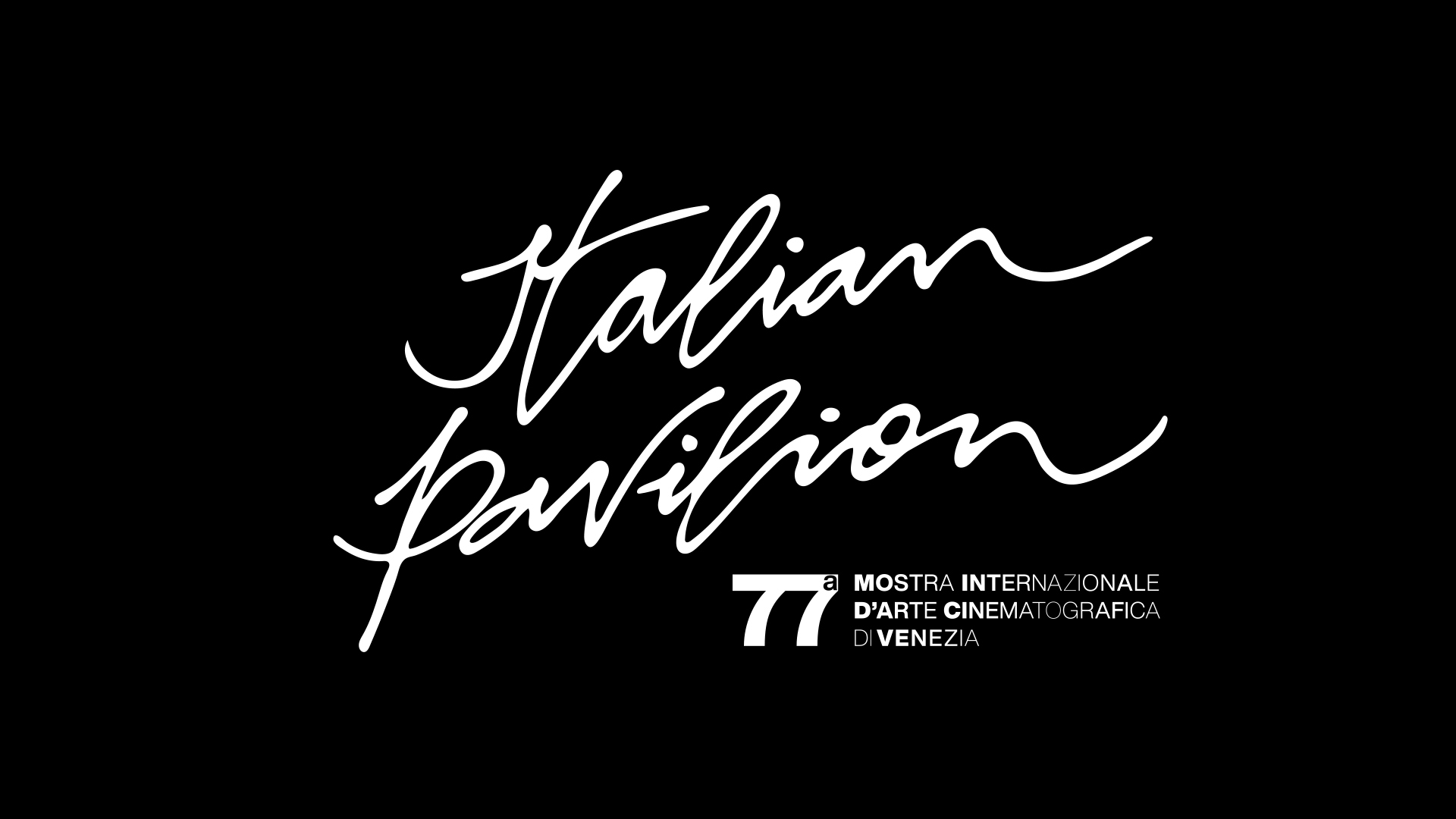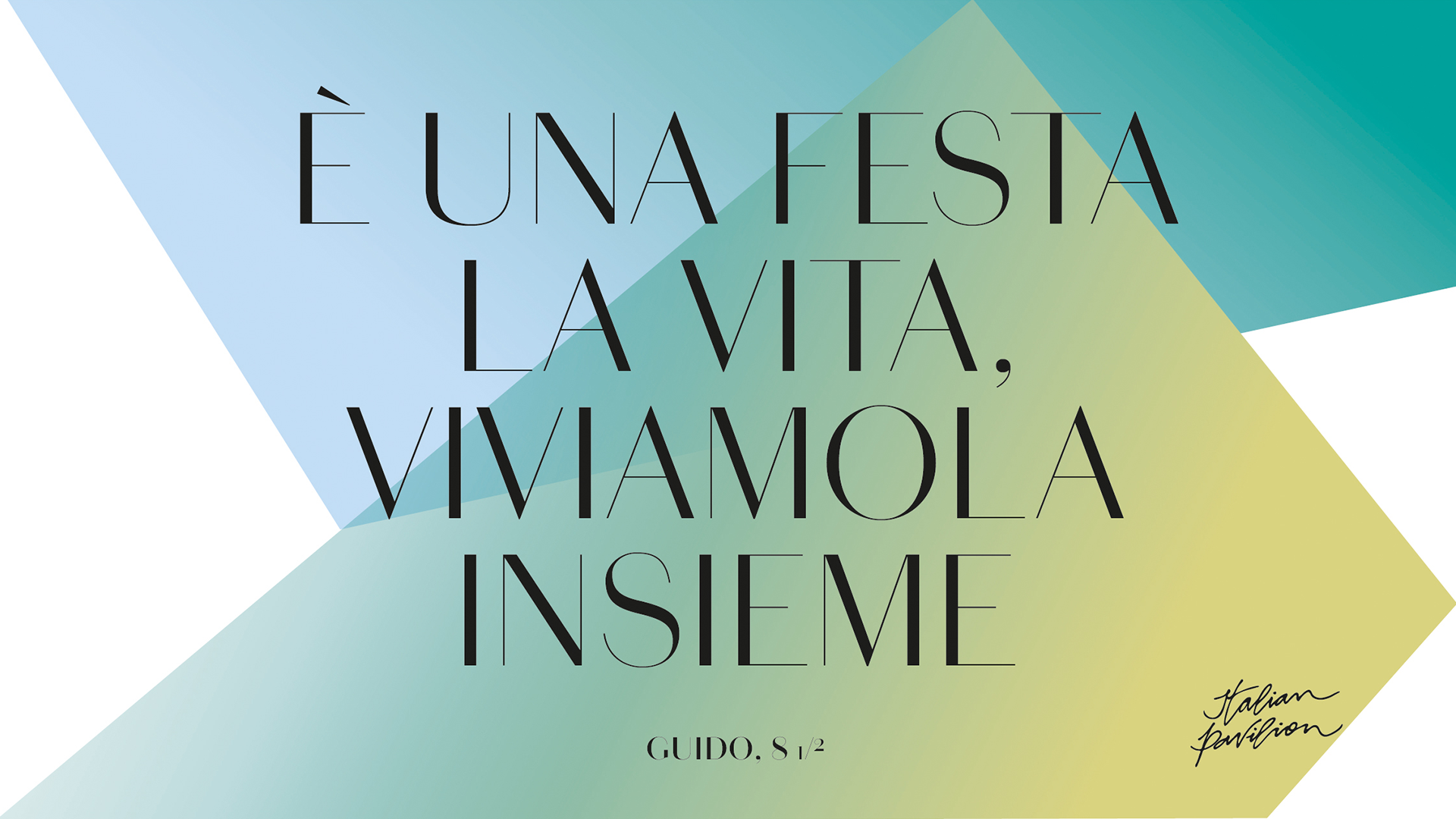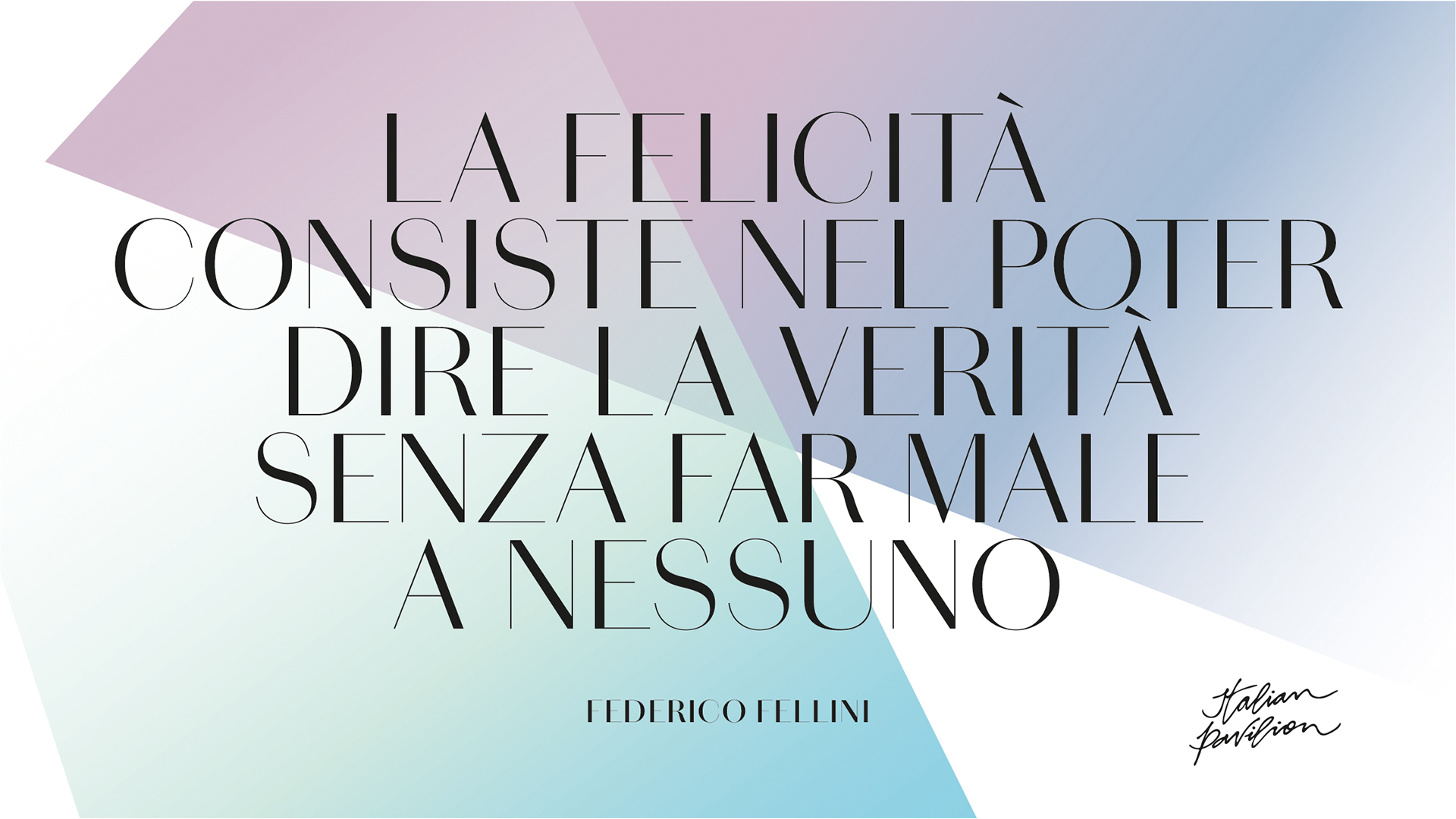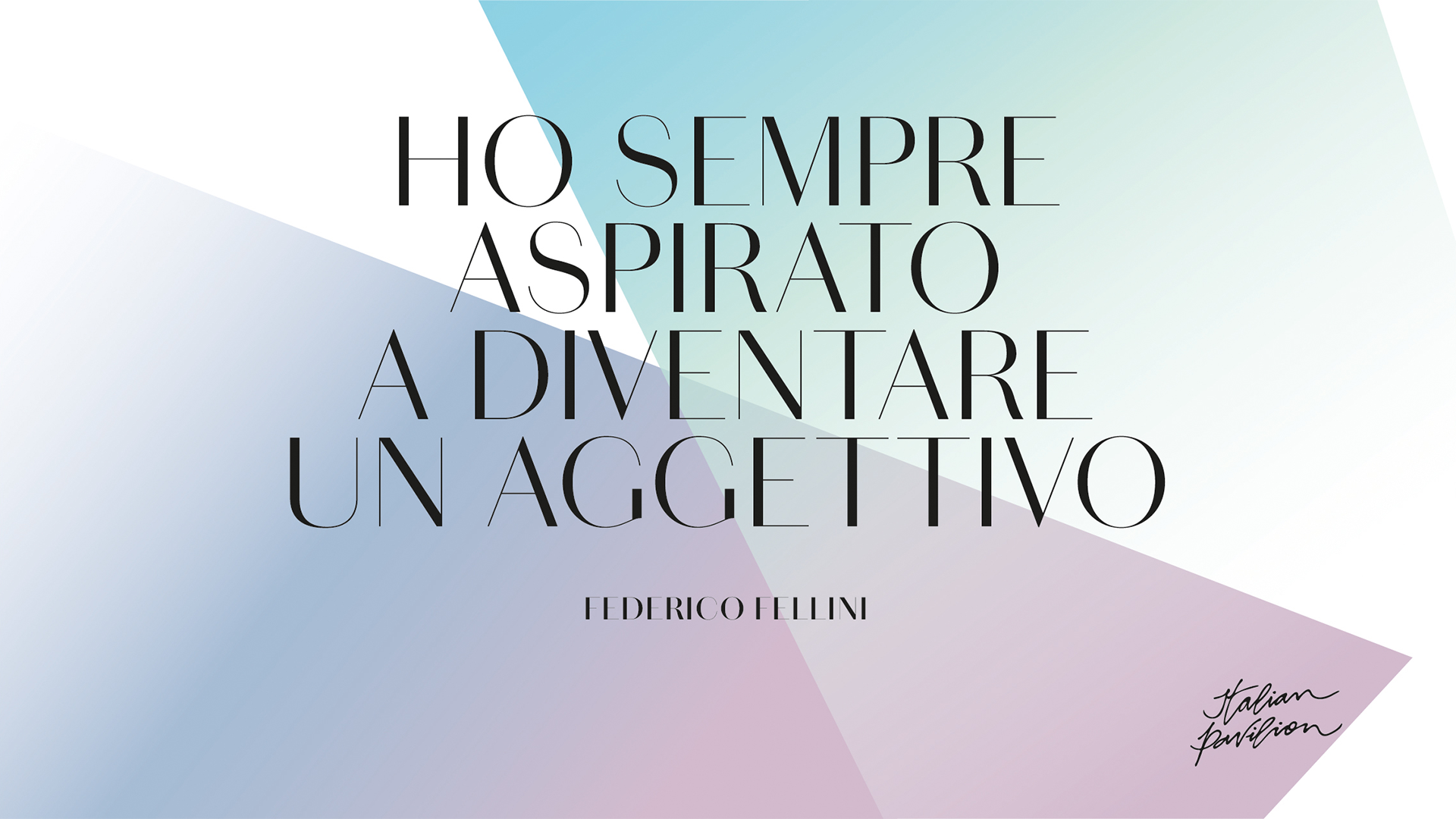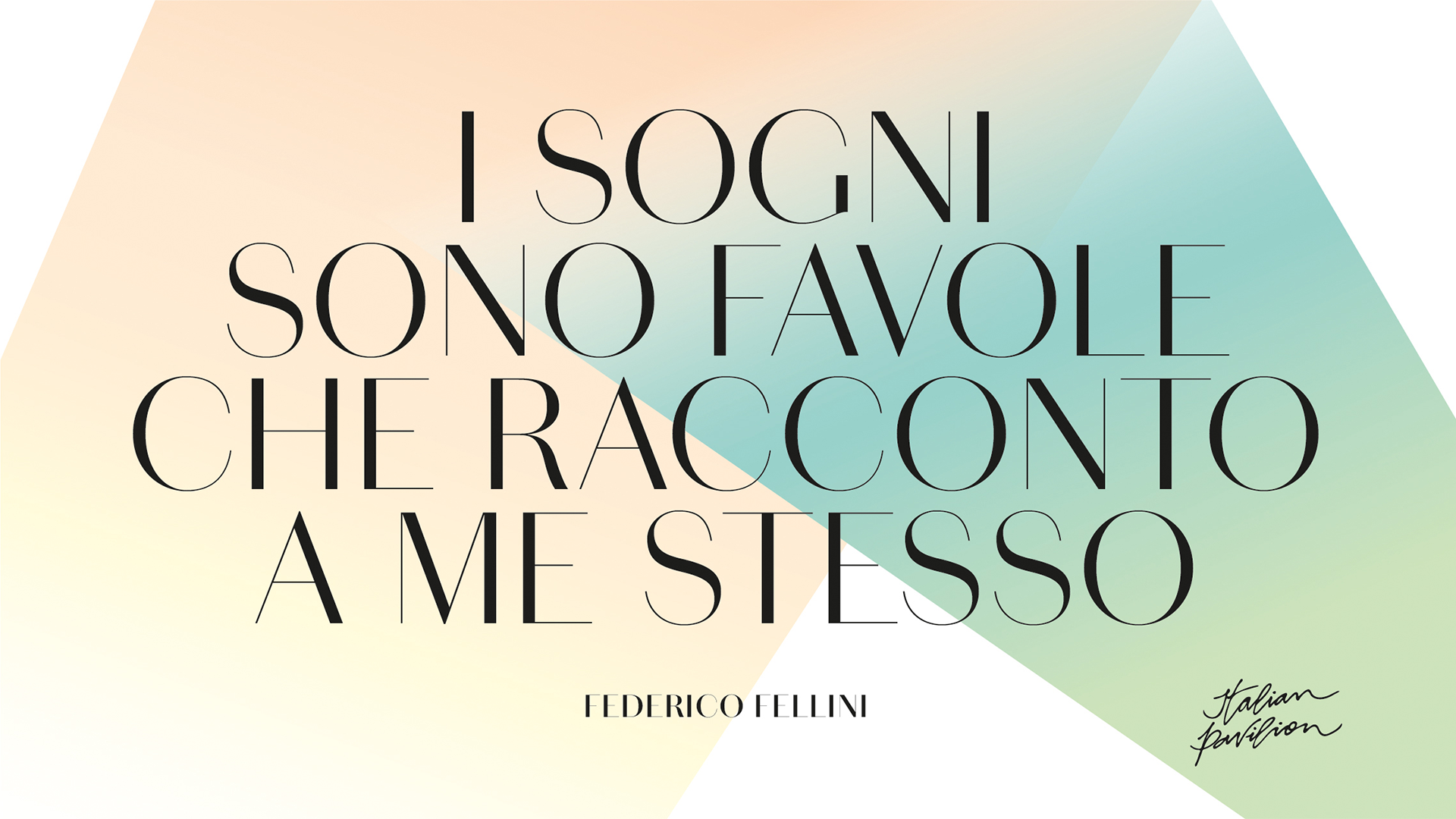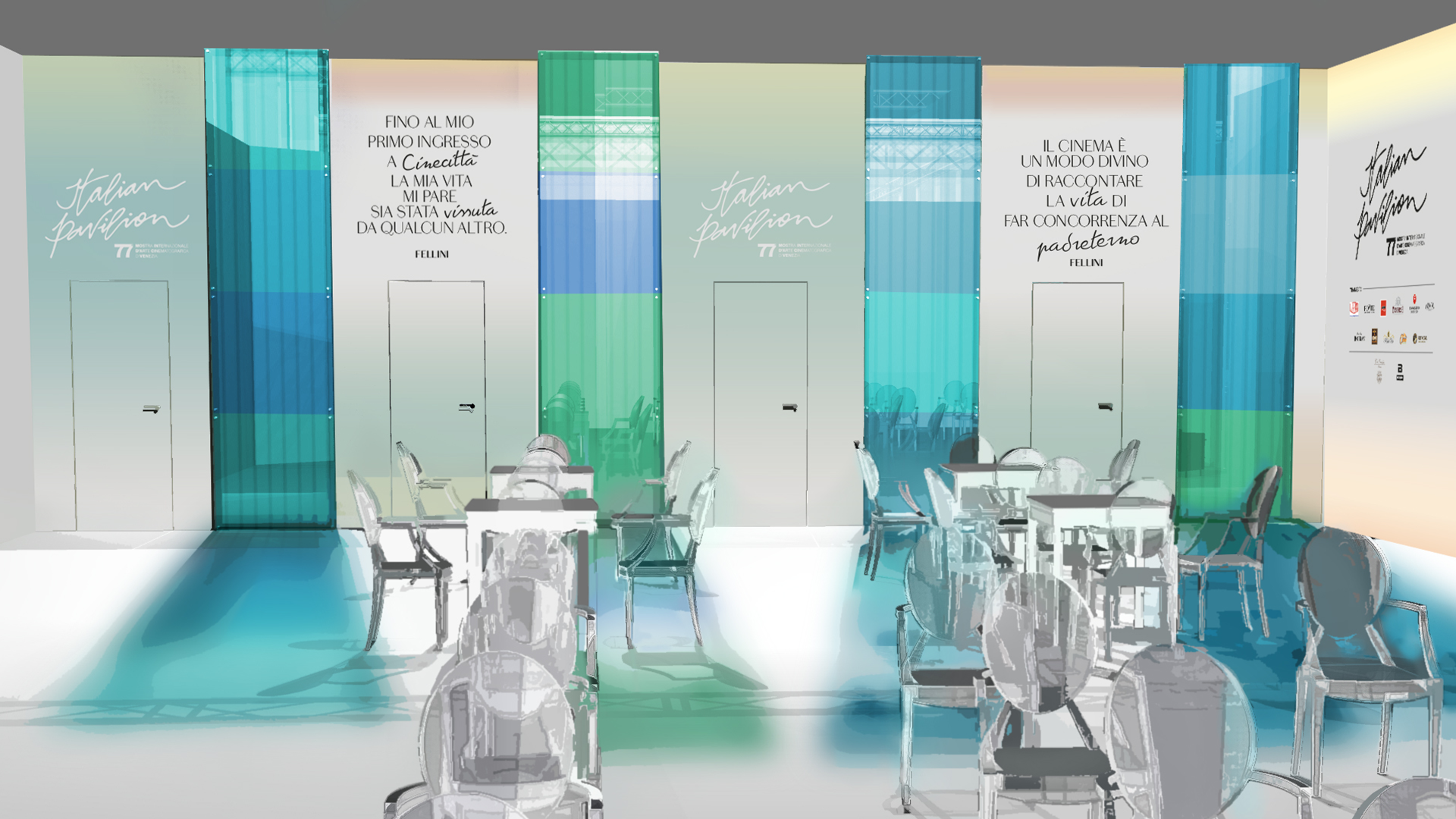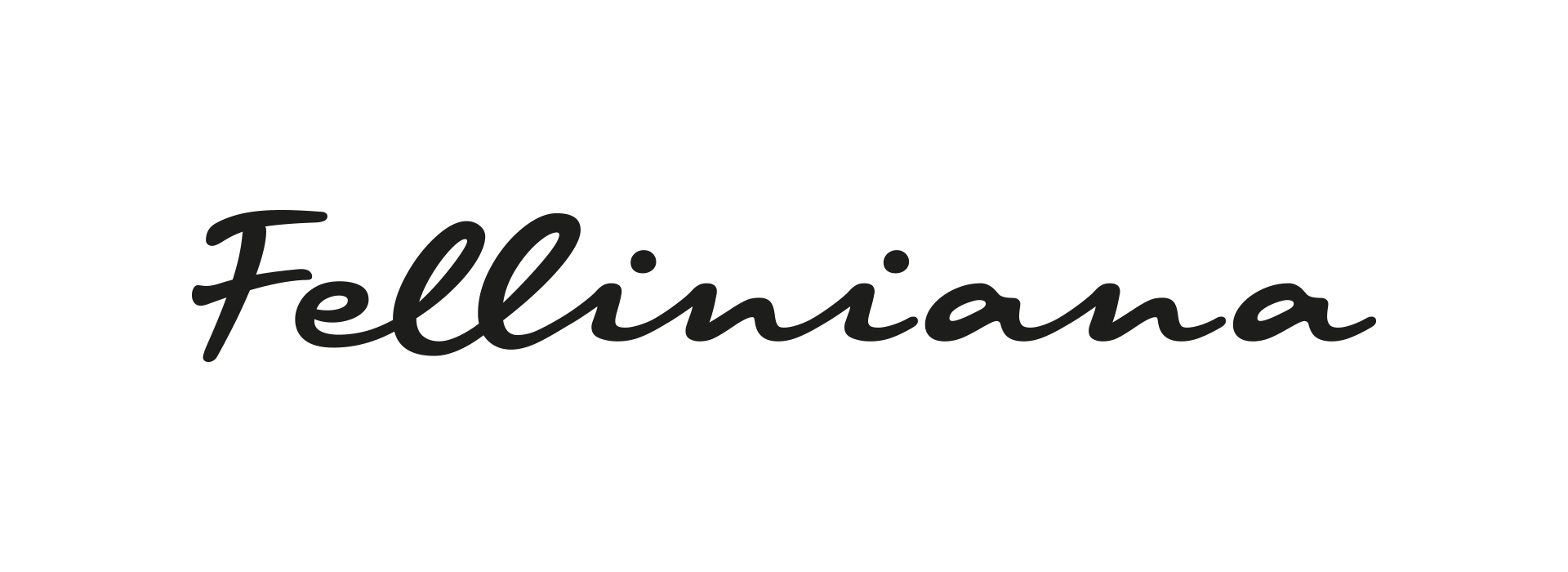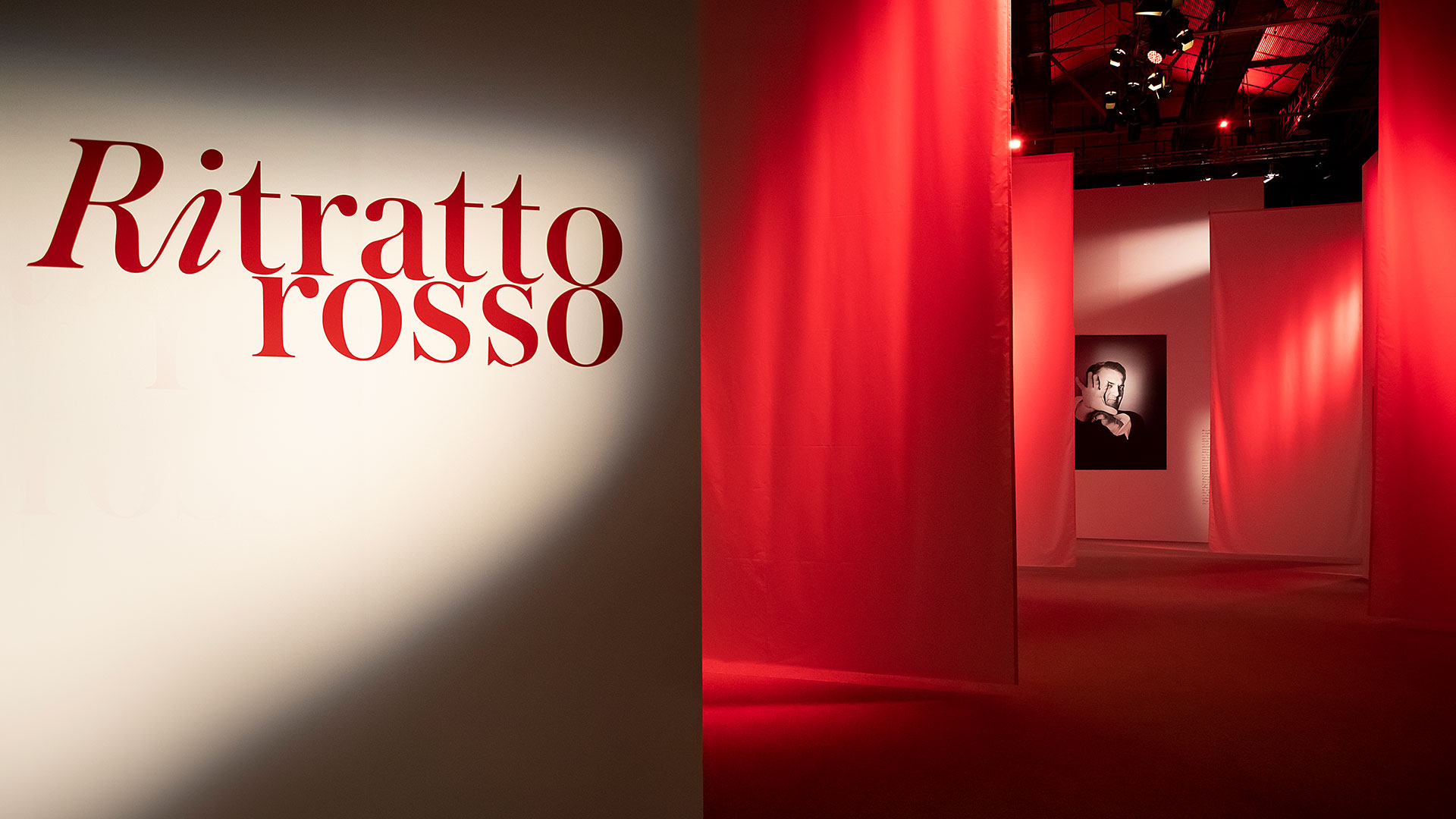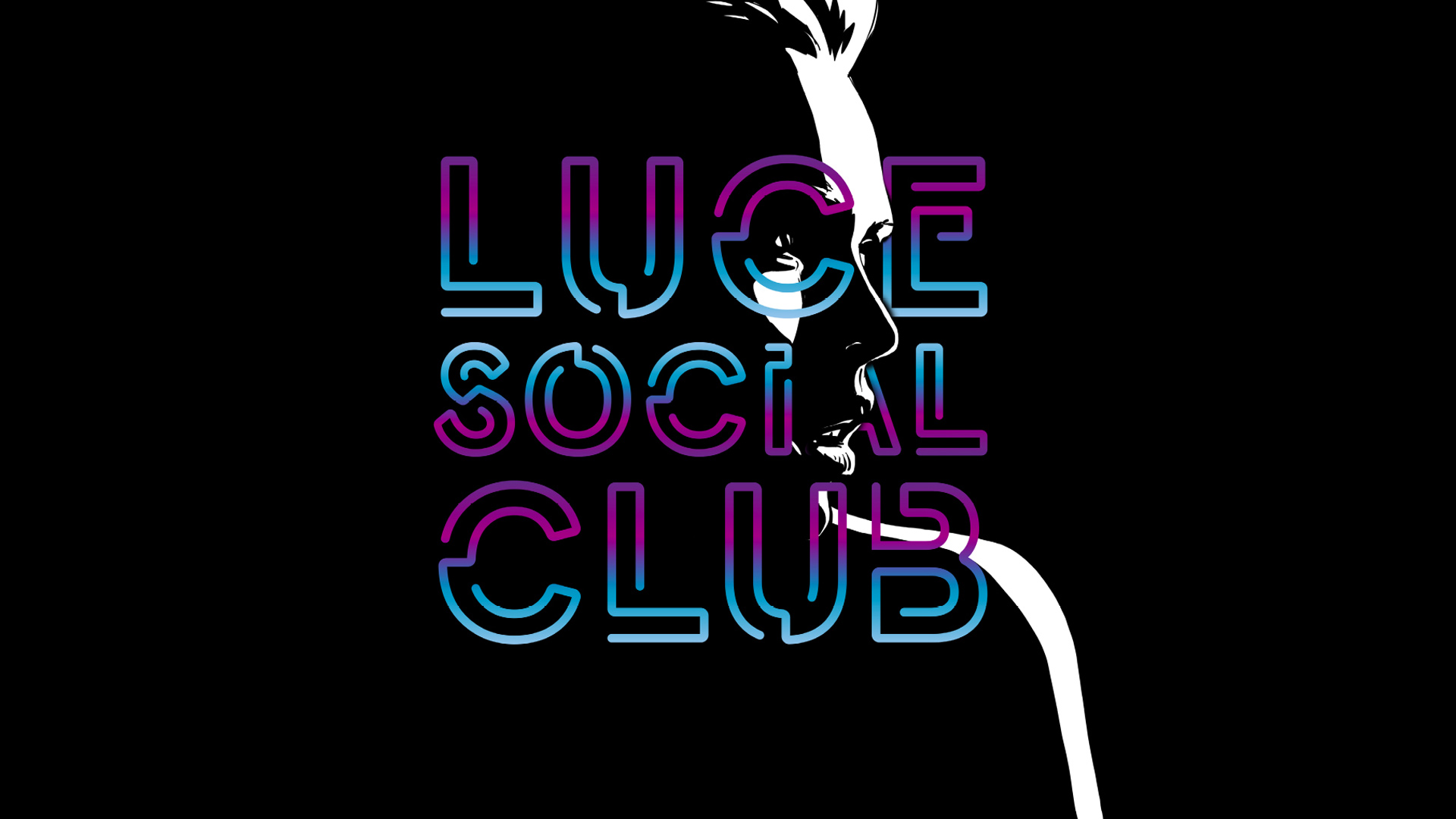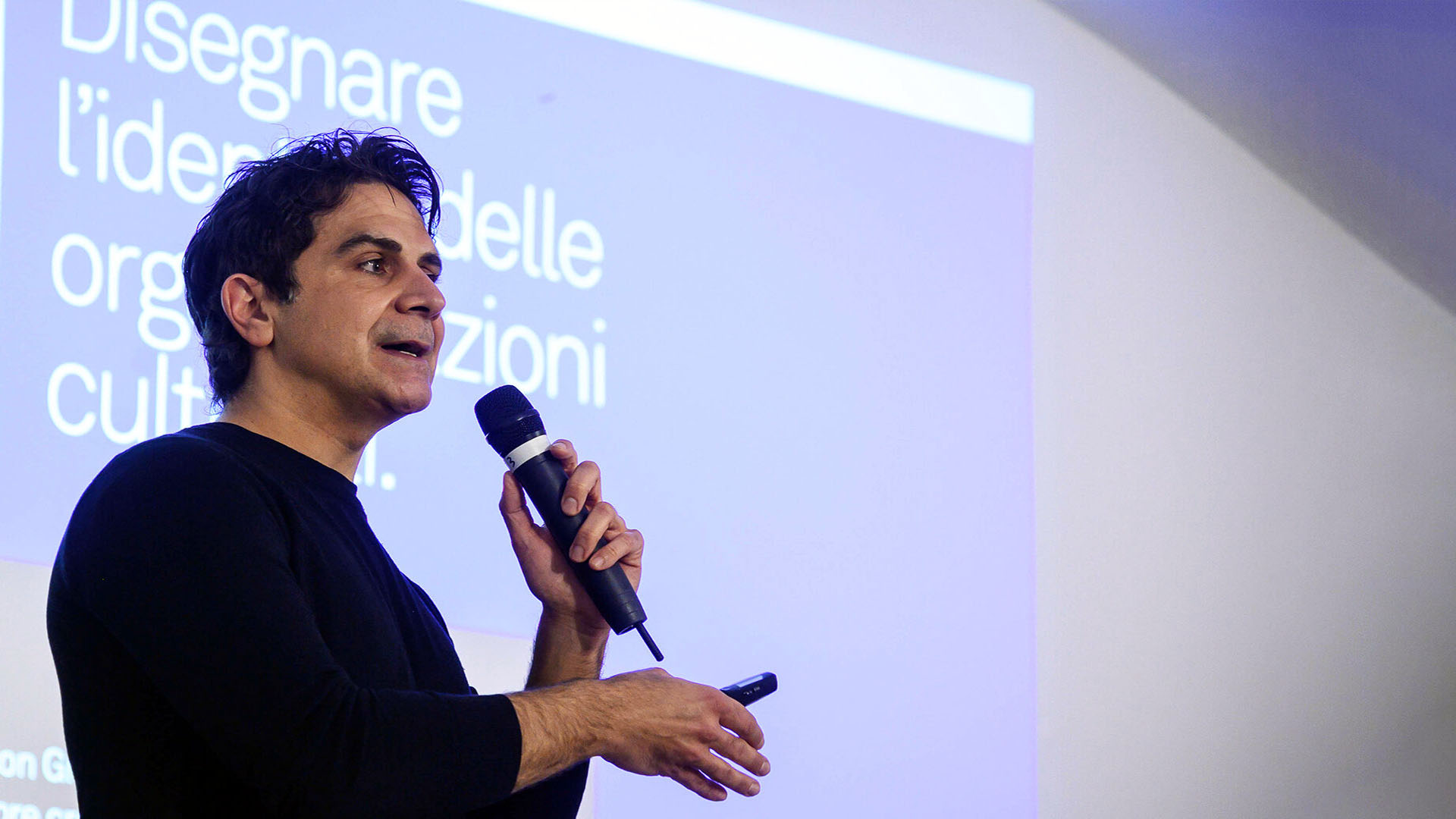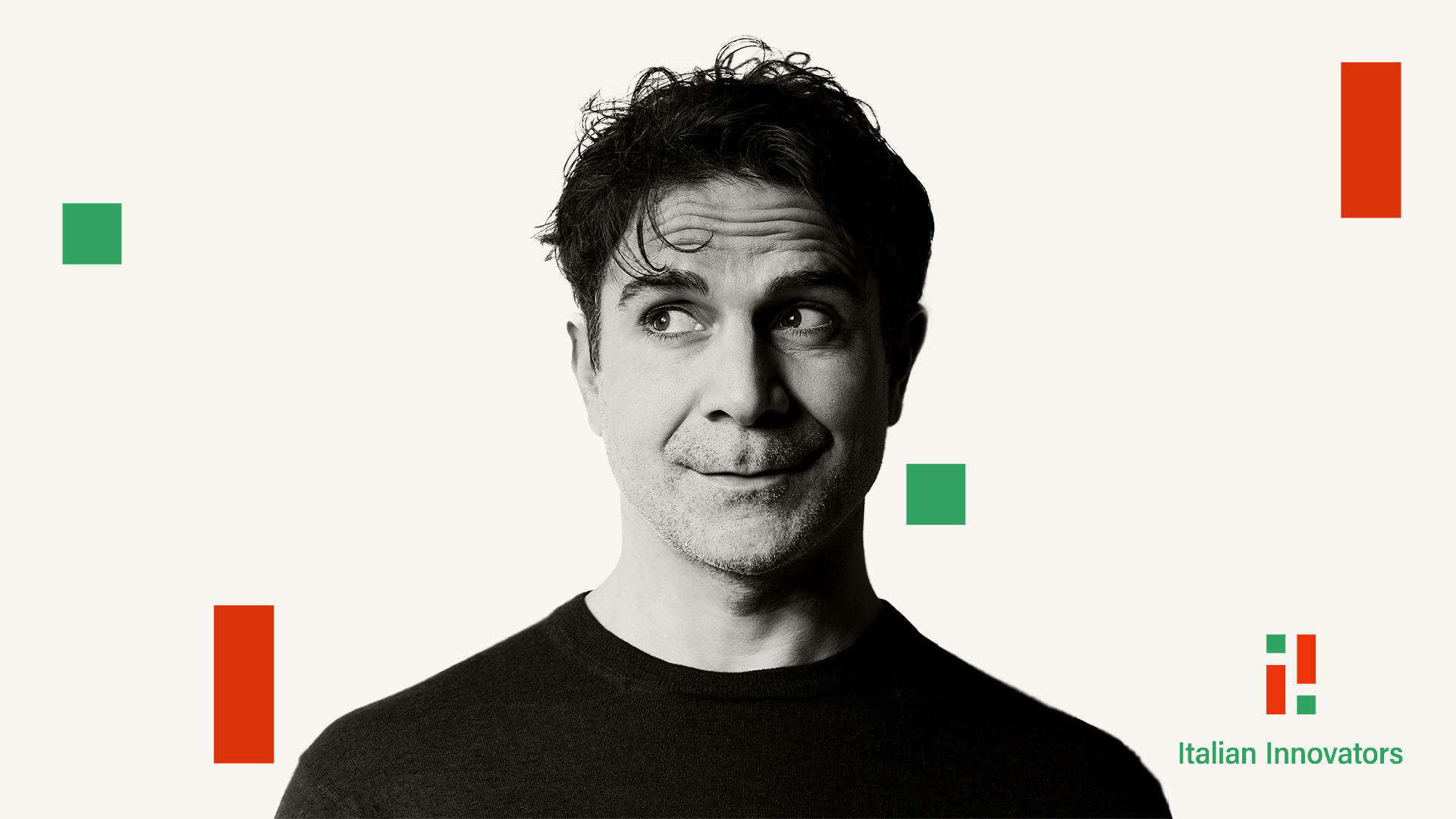Federico Fellini’s handwriting has been reinterpreted as a font, his films tell his life story, and his dreams are the concept of the Cappelli Identity Design’s architectural project for the Italian Pavilion at the 77th Venice Film Festival.
The hundred years in the film industry of the Rimini director Federico Fellini still echoes in the Italian and international cultural world. For this reason, during the 77th Venice International Film Festival, Cappelli Identity Design devotes the Italian Pavilion’s architectural project to this great director and to some of the typical elements of his poetics, namely light and dreams. For the third consecutive year, Cappelli Identity Design is behind the concept of the Italian Pavilion exhibition, presenting for the first time a typographic font, inspired by the Maestro’s graphics, and thus called Felliniana.
Dreaming and overcoming limits, these are the gist of the concept for the Italian Pavilion’s architectural project
This is exactly the essence of the attitude that Cappelli Identity Design decided to adopt for the realization of the 2020 Italian Pavilion. Its concept revolves around the desire to overcome the limits of space and time by creating a beautiful, light, and intangible installation.
Emanuele Cappelli and his team design an environment that holds everyone’s dreams: freedom for those who have felt stuck in their sufferings while waiting for tomorrow, rebirth for those who have lost their time and love, hope for those who need to imagine a present without sorrow. Cappelli Identity Design project is not only in line with the Maestro’s vision but also with the studio stylistic code. Cappelli Identity Design fills the space with light and colors, creating invisible walls that seem nonexistent and that, bathed in sunlight, restore the natural harmony between man and space.
In order to design the architectural project of the Italian Pavilion devoted to Federico Fellini, we accessed his dreams and looked for a dream world that would make people overcome their limits and frustrations.
In this very special edition of the Venice Film Festival, we have worked as a team in order to give light its primary meaning and necessity, while marking a contrast with the past period that all of us spent confined in the four walls of our houses. In dreams everything is possible and this is the reason why we have symbolically built see-through walls that do not actually exist.
In fact, when bathed in sunlight, such walls increase the presence of light and colors throughout the space, thus providing human beings with the natural relationship between empty and full spaces.
Emanuele Cappelli
FELLAS22: Federico Fellini told by Federico Fellini
In full Fellini spirit, Cappelli Identity Design together with Raffaele Simongini, a film historian, author, and documentary filmmaker, are paying tribute to the Maestro by making a short film. This film, made by extracting some of his movies most famous images, will be screened in the area of the Italian Pavilion so as to revive and appreciate the Maestro’s work and artistic vision. The video-installation, whose title is FELLAS22, is an opportunity to bring together people and artists who have been part of the history of cinema as well as Federico Fellini’s life; and what a better language to tell his story than filmic writing.
Inside the dream world of design and cinema
Federico Fellini, born in Rimini in 1920, shows us how much cinema is closely linked to design. Born one hundred years ago in January, Fellini left an everlasting mark on the history of Italian and foreign cinema. Fellini, even before becoming a memorable director, was an illustrator. At the end of the ’30s, he debuted as a humorous cartoonist and then devoted himself to serial comics. The colored sketches on paper that he used to write down his dreams are still particularly famous. This practice, on the advice of the Jungian psychiatrist Ernest Bernhard, beside Fellini’s way to take notes of his dreams, was also used to plan some of his movie scenes. Fellini once said “I would like to become an adjective”, and his style really did succeed in marking an era.
Today, what we call Fellini’s style is that dreamlike, grotesque, and surreal type of cinema that also evokes the unique style of the Maestro. In Fellini, cinema, dream, and drawing are one and the same thing: his dreams evolved through his drawings, then becoming films. We can also feel the oneiric element, foundation of his art, being an inspiration during his life: never giving up, overcoming every limit, living every moment and situation with fullness and joy.
He also had that passionate love for women that he showed for life. Although, in his private life, Federico Fellini chose only one of those women: Giulietta Masina, an actress, but also his wife and faithful companion. She was a woman of small stature and minute appearance, yet so powerful inside and outside the camera.
Regarding this, Federico’s love letters to Giulietta are memorable, and in them he never misses a chance to declare his endless affection for her. It is from this love literature that the unprecedented Felliniana font was created and took shape, also inspiring the official logo of the Italian Pavilion at the 77th Venice Film Festival. This logo is yet another tribute to the great Maestro who, even through his writing, leaves a mark and an expression of gratitude to Giulietta, the source of Federico’s never-ending inspiration for love and poetry.
- Exhibit design
- Type design
